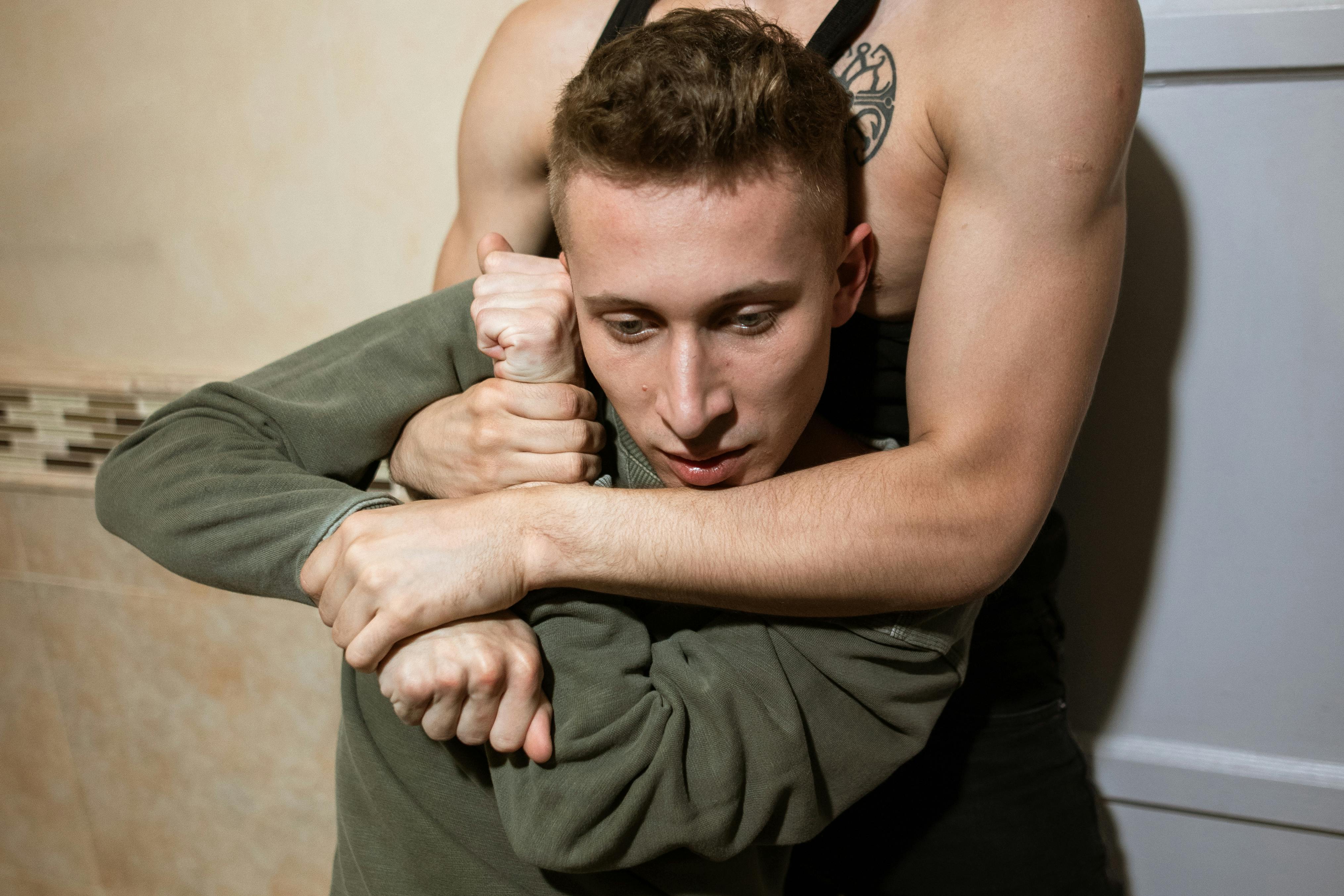The first piano lesson requires careful planning and pacing. Students listen carefully as you review the material with them. They understand the importance of good keyboard posture. Children remember to sit upright with their arms hanging loosely from their shoulders. The songs sound great, but when the child goes home, the parents tell me that their children don’t know how to practice. Hopefully these 10 tips will help you out!
1. First practice warm-ups. When your hands are well warmed up, you’ll be able to tackle a new song more easily and with fewer mistakes. The lack of tension produces more beautiful tones. Use scales and finger exercises for your warm up. Always use curved fingers.
2. Practice slowly. Your brain cannot retain musical information in detail when you play fast. It is necessary to play slowly and carefully at all times. Don’t push your speed. Take it easy and steady. Play each warmup slowly at first. When you can play smoothly and evenly, you can gradually increase the speed.
3. Practice short passages. Practice only one passage each day, and practice it very carefully and thoroughly. In the long run, this makes for a better practice session. When you have a short piece or song to work on, you won’t feel overwhelmed.
4. Practice at the same time. First thing in the morning you will be refreshed and ready to go. For others, school and homework come first. Follow up with a practice session in the afternoon or early evening.
5. Practice chart. A practice chart or journal is a record of your practice sessions, including what you practice and for how long. At the end of each practice session, write down exactly which piece you studied and the number of minutes you spent on it. Make a specific list, set goals and try to meet them. Review each objective as you complete it. Make practicing a game or challenge.
6. Practice with the correct fingering. Learn a song with the sequence of notes moving up and down the keyboard. Learn the form of the movements to play the piece comfortably. Learn to fluently respond to finger numbers. If you are consistent with your fingering, you will be very safe and confident when playing in front of others. I can’t stress good posture enough because it makes gaming easier and more enjoyable.
7. Practice right where you left off when you made a mistake. Students always start at the beginning of a song. They get very good at playing the beginning of a piece, but tend to be less adept towards the end. Start again at the bar where you played the wrong note.
8. Practice counting out loud. Counting out loud is good advice for the beginning student, especially during slow practice in the early stages of learning a song. It is an effective way to develop your sense of rhythm. Listening to your voice and your hands helps you with coordination between two hands, as well as the timing of the piece. Counting the beat will help you play the rhythms correctly. Counting out loud becomes much easier with practice.
9. Practice each hand separately until the end. Take a few bars and within that segment play your left hand a few times until you can play it comfortably with a rounded hand. Do the same with the Right Hand. Then play both hands slowly until you can comfortably play the segment before moving on to the next section. Decide if you want to practice each line or a couple of bars 2-3 times. Use a bit of weight when you play a key to make louder tones.
10. Practice looking at the music. As much as possible, try not to look at your hands, but at your sheet music. It’s okay to look at your hands from time to time, especially after you’ve learned the piece. When you look at your hands, try to remember where you are on the score and don’t move your head. Just move your eyes. When you look at the score again, it will be easier to find your place in the score.
Piano practice is fun!
